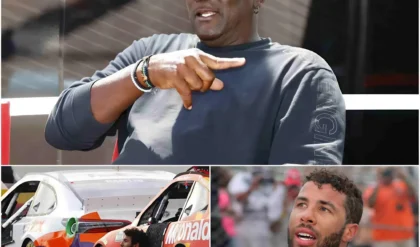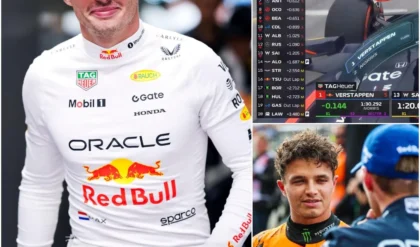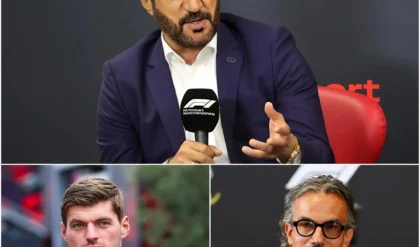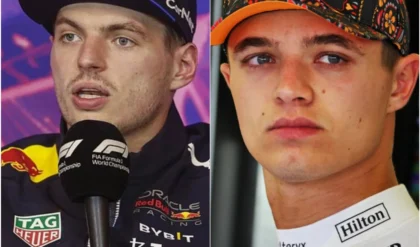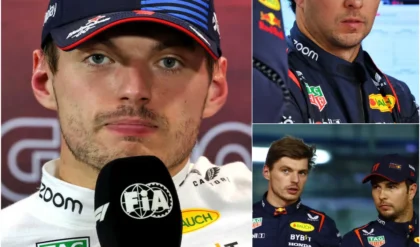In a tense showdown at the Hollywood Casino 400, NASCAR star Chase Elliott publicly accused fellow driver Bubba Wallace of deliberately making contact with the rear of his car, a move that nearly sparked a catastrophic accident. The incident, which unfolded during one of the most intense moments of the race, left fans at the track and viewers around the world holding their breath as the cars narrowly avoided disaster.
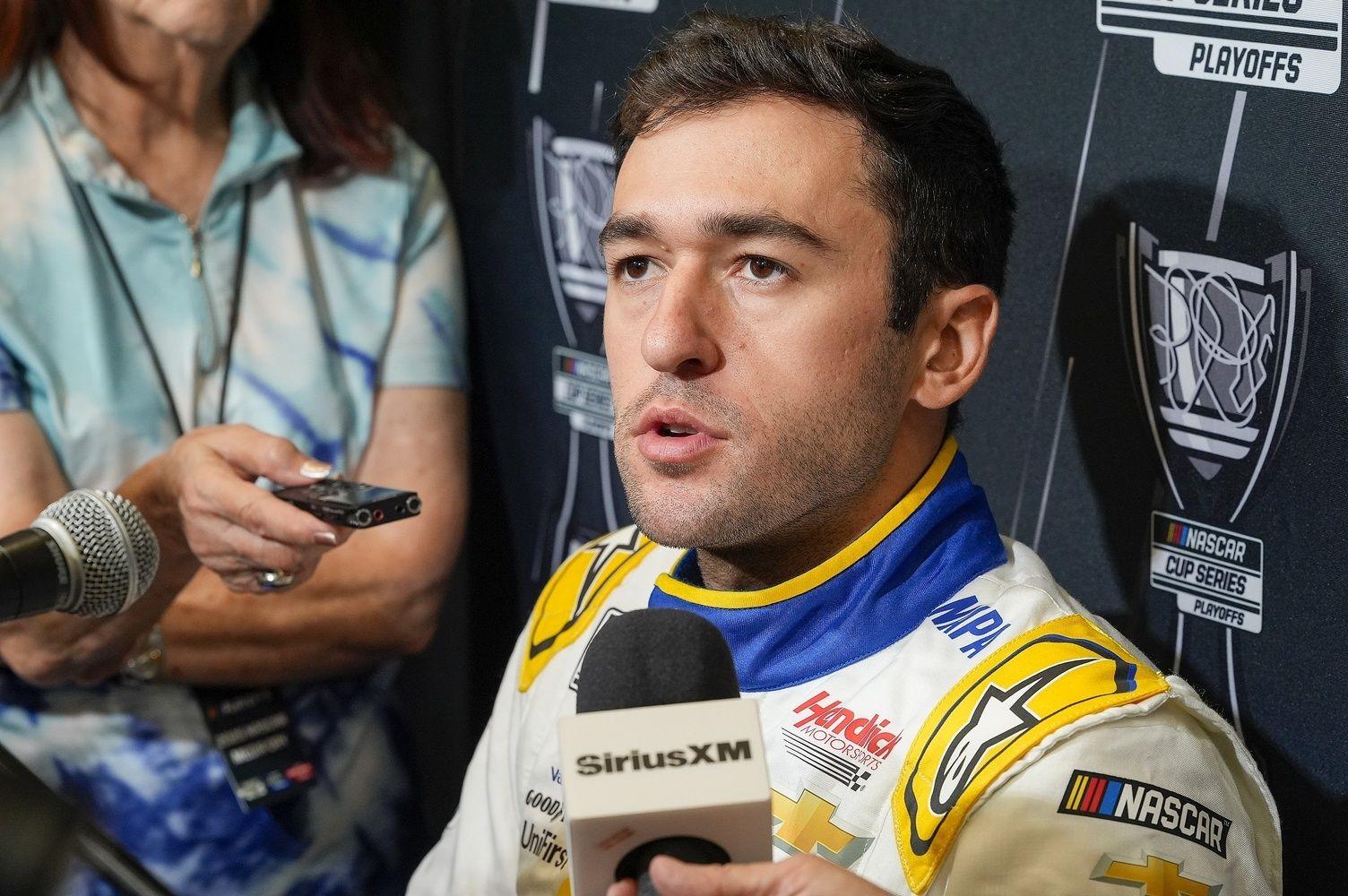
Elliott, known for his calm yet competitive demeanor, did not hold back in expressing his frustration after the race. According to him, Wallace’s maneuver was far from accidental. The phrase “air kiss” into the back of his vehicle, used by Elliott to describe the contact, immediately drew attention for its unusual and vivid imagery, but also highlighted the potential danger on the track. The incident has since become a hot topic of debate among NASCAR fans and analysts, questioning both the intentions and tactics of Wallace during high-stakes races.
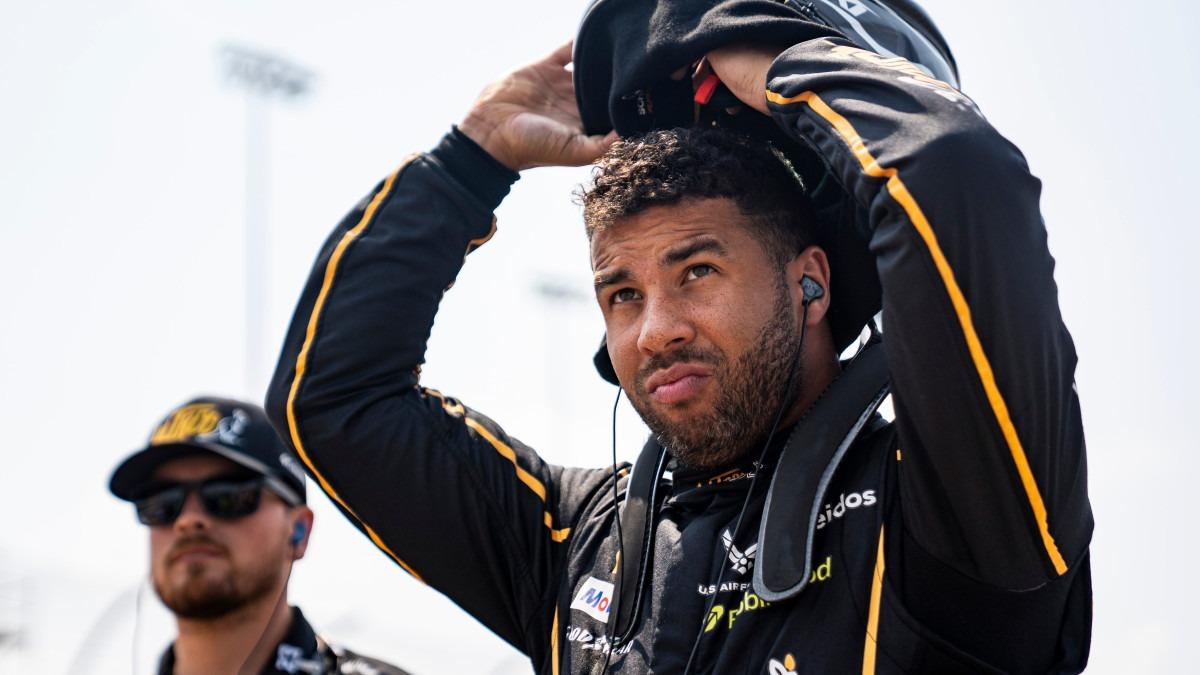
Wallace, who has been praised for his aggressive yet skillful driving, now finds himself under scrutiny for this particular maneuver. While NASCAR races are known for their close-quarter battles and minor collisions, incidents that threaten major crashes are treated with utmost seriousness by both officials and drivers. The close call at the Hollywood Casino 400 raises questions about racing etiquette, competitive pressure, and the risks drivers take when pushing for position.
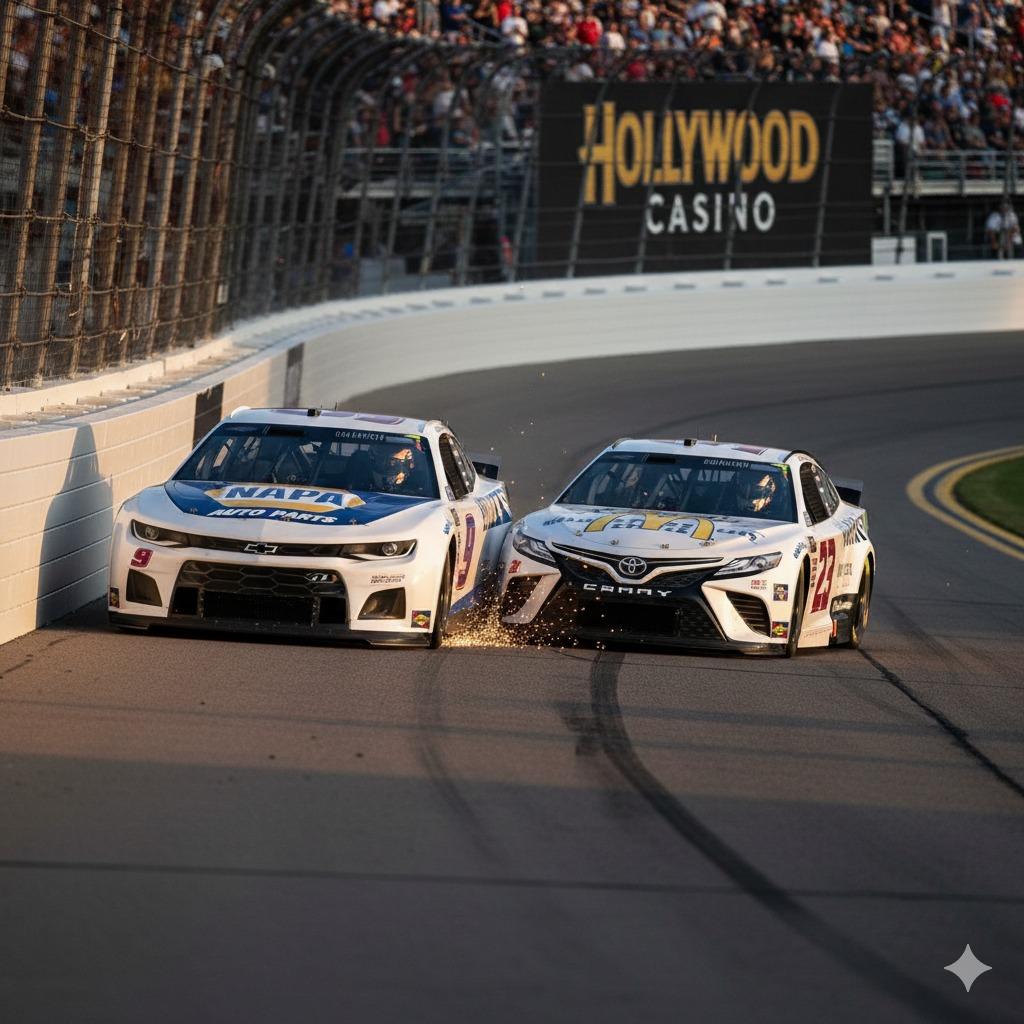
Fans and commentators quickly took to social media, with opinions sharply divided. Some supported Elliott, arguing that Wallace’s move was reckless and endangered multiple drivers, while others defended Wallace, claiming that aggressive tactics are part of NASCAR’s competitive nature and that such incidents are inevitable in tight races. The debate has reignited discussions about driver safety and sportsmanship, topics that have always been sensitive in the high-speed, high-risk world of professional racing.
Despite the controversy, both drivers continue to focus on their performance for the remainder of the season. Elliott’s team emphasized that their priority is safety and maintaining control, while Wallace’s crew highlighted their driver’s skill and determination to stay competitive, even under extreme pressure. NASCAR officials are reportedly reviewing the incident to determine if any penalties or warnings are warranted, adding another layer of tension to the unfolding story.
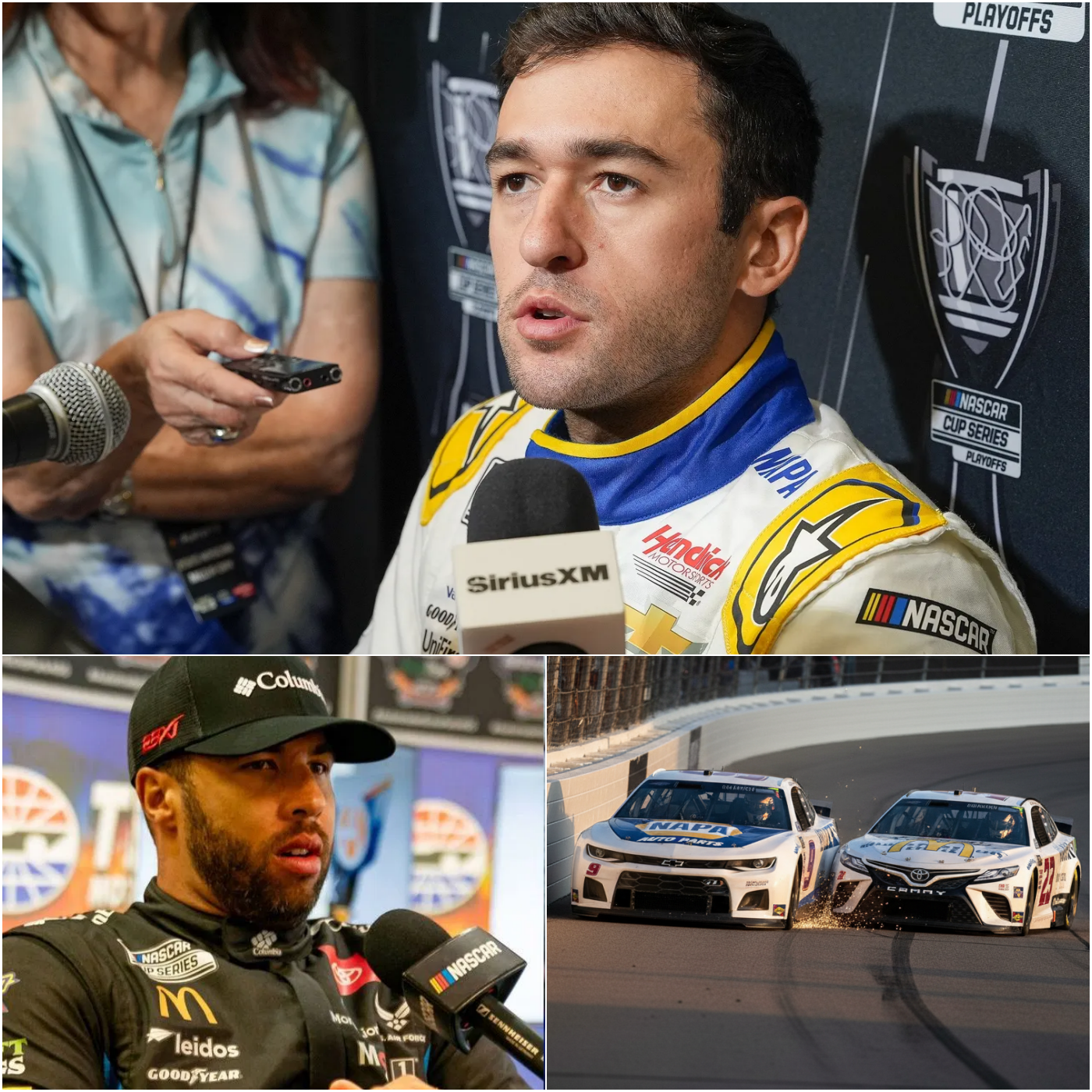
The Hollywood Casino 400, already a critical race for championship standings, has now gained extra attention because of this near-miss. Analysts suggest that such incidents can affect driver psychology, team strategies, and even fan engagement, as dramatic moments often capture headlines and social media discussions far beyond the racetrack. Wallace’s intentions and Elliott’s reaction are likely to be dissected in racing circles for weeks to come.
As the season progresses, all eyes will remain on both drivers. Fans are eager to see if Wallace will alter his tactics or if Elliott will continue to call out aggressive driving when it risks safety. One thing is clear: the Hollywood Casino 400 has proven once again that in NASCAR, split-second decisions on the track can lead to drama, controversy, and unforgettable moments that resonate with fans worldwide.
The incident has underscored the fine line between skillful racing and dangerous maneuvers, reminding everyone that even a seemingly small contact can ignite major discussions, tension, and rivalries in the high-speed world of NASCAR.
